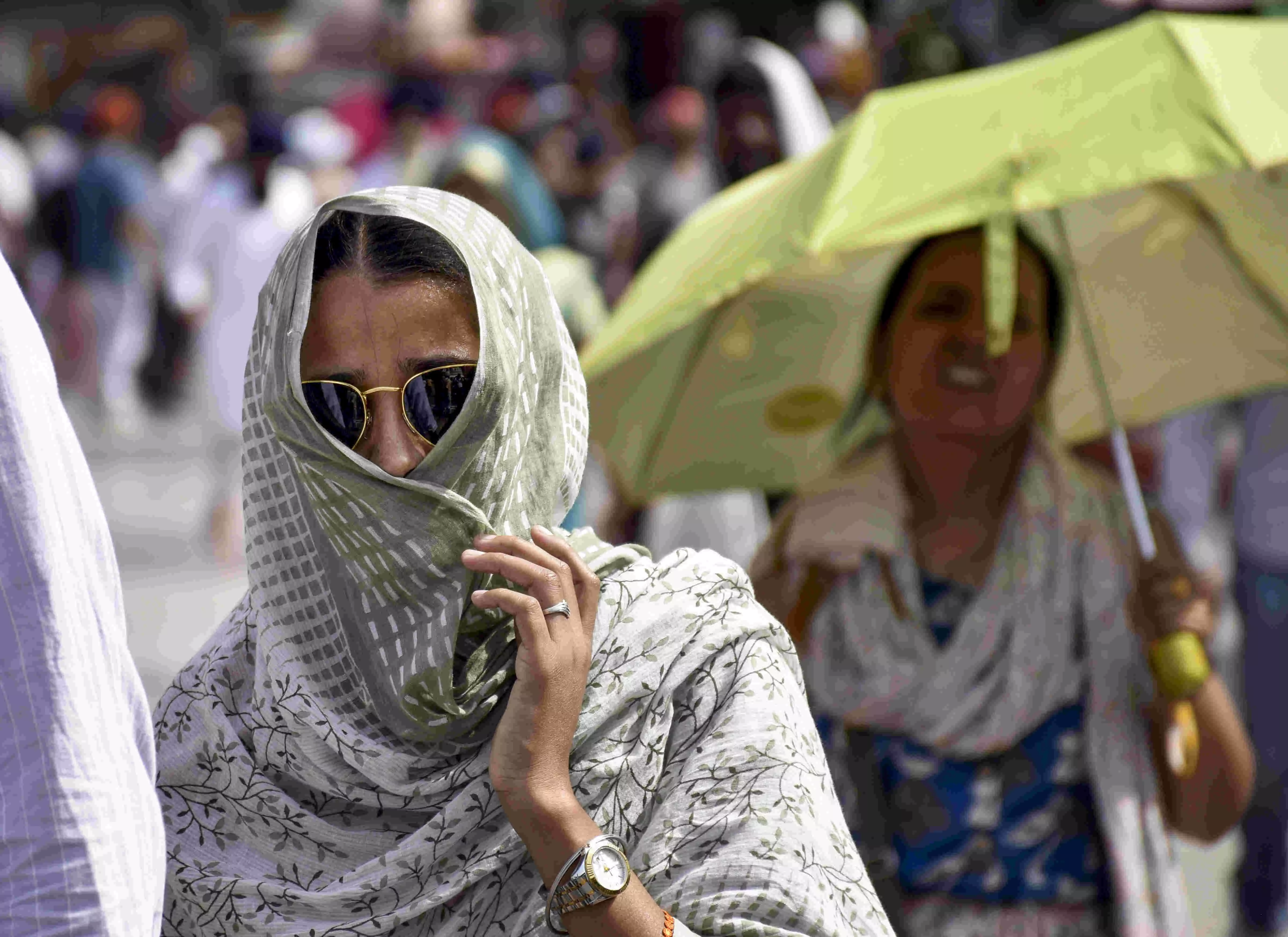Taming the Silent Killer
Numerous lives lost and livelihoods crippled are manifestations of systemic neglect towards tackling heatwaves, necessitating urgent localised action, long-term planning, and climate justice

Among the climate-related extreme events, heatwaves are often overlooked. However, impacts from heatwaves are as lethal as any other extreme event. It not only impacts human health but also decreases labour productivity, impacting the economy. In 2024 alone, across 17 states of India, more than 700 people lost their lives due to heatstroke and extreme heat, according to a report by Heat Watch. The National Crime Records Bureau (NCRB) recorded 20,615 heatstroke deaths between 2000 and 2020. 2024 was the warmest year in India since 1901, according to the India Meteorological Department (IMD). It was also the warmest year globally on record, and the annual mean temperature exceeded 1.5 degrees Celsius above the 1850-1900 average for the first time in the record. A 2020 McKinsey study estimated that disruptions in outdoor working hours due to heatwaves could impact 4.5 per cent of India’s GDP, amounting to USD 250 billion (approximately Rs 20.875 lakh crores) by 2030.
This year, in early April, North India already witnessed extreme heat. New Delhi recorded a temperature above 40 degrees Celsius in early April. Barmer in Rajasthan soared to 46.4 degrees Celsius — six degrees Celsius above the normal maximum temperature. Jaipur recorded above 40 degrees Celsius for five consecutive days in April, 2025. On June 10, 2025, as Delhi recorded 43.4 degrees Celsius (real feel 49 degrees Celsius) and Sri Ganganagar in West Rajasthan recorded the highest 46.6 degrees Celsius temperature, the IMD issued a heatwave alert for several North Indian States, including Delhi, Haryana, Rajasthan, Punjab, and western Uttar Pradesh. The maximum temperatures were in the range of 43-47 degrees Celsius at many places in Rajasthan, Madhya Pradesh, Punjab, Haryana, Chandigarh, Delhi and Western Uttar Pradesh.
With a warming climate, these heatwaves are projected to increase. The scientific community unanimously agrees on this. The IMD forecasted in March this year an increase in the number of heatwave days in the pre-monsoon months of April to June, with Western India experiencing seven to eight additional heatwave days than normal.
Urban Poor, Elderly and Kids: the Most Vulnerable
The poor and the labourers, especially in the informal sector, bear the direct brunt of the heatwaves, as they are most exposed to outdoor conditions. Many of them live and work in environments with little or no protection from extreme heat — construction sites, roadside stalls, traffic intersections, and open markets. This exposure is worsened by the Urban Heat Island (UHI) effect, where built-up areas trap excess heat due to concrete surfaces, less vegetation and residual heat from vehicles. As a result, urban areas can be significantly warmer than surrounding peri-urban and rural hinterlands, further intensifying heat stress for city residents. Daily wage earners, sanitation workers, rickshaw drivers, delivery staff (gig workers), and construction labourers work in peak heat hours due to the nature of their work. The elderly, kids and those with chronic illness are also at higher risk of heat strokes during heatwaves.
Gaps in Action Plans
The Heat Action Plans (HAPs) aim to mitigate and safeguard people against heatwaves and boost economic productivity. Although Odisha developed a HAP in 1999, it was Ahmedabad that developed the first city-specific plan in 2013 in response to a deadly heatwave in 2010. The National Disaster Management Authority and the India Meteorological Department are reported to be developing HAPs with at least 23 states. However, studies of HAPs across the heat wave-affected states by independent experts and groups suggest that most of these plans miss out on local implementations that are essential to safeguard the vulnerable populations. These plans also lack sectoral impact assessment and action plans in energy generation and supply, water supply, public infrastructure, and agriculture. The focus mostly remains on short-term emergency response. Experts point out that long-term actions are either missing or poorly targeted to the areas and populations in dire need. Lack of coordination among the government agencies and local administrations is also a big hindrance in both short- and long-term actions. Also, since these action plans are primarily urban-centric, rural action plans are necessary. Rural areas often lack quick access to hospitals, robust infrastructure, and have higher exposure in occupations such as agriculture, making people more vulnerable to heatwaves. While the early arrival of the monsoon may reduce the number of heatwave days this year, agencies must keep strengthening their capacity for the future.
What Needs to Be Done in the Short and Long Run?
As part of short-term measures, cooling shelters, shaded public areas, cooling arrangements for outdoor workers, changes in working hours, oral hydration solutions, and a handy emergency medical kit will be beneficial. Long-term measures such as occupational cooling arrangements for vulnerable people, fire management during heatwaves, better urban design, green building initiatives, creating more green cover and open spaces, mapping heat hotspots and nature-based solutions should be emphasised in the policy and implemented. In countries like France, the US, and Australia, there are well-funded and comprehensive heatwave plans with strong public health integration. In contrast, most Indian Heat Action Plans are currently advisory, underfunded, and lack coordination. A comprehensive strategy with enforceable guidelines and rural inclusion is essential.
Heatwaves and extreme spells of heat are not mere seasonal events in light of a warmer atmosphere. Their intensity and frequency—both are on the rise. These should be considered as climate disasters, as highlighted by scientists. Although in India, heatwaves are gradually being integrated into disaster preparedness and management, a more local and decentralised approach with a focus on long-term mitigation strategy has to be strengthened.
Sandip Tanu Mandal is Research Associate and Sudheer Kumar Shukla is Head of Think Tank, both at Mobius Foundation, New Delhi. Views expressed are personal



